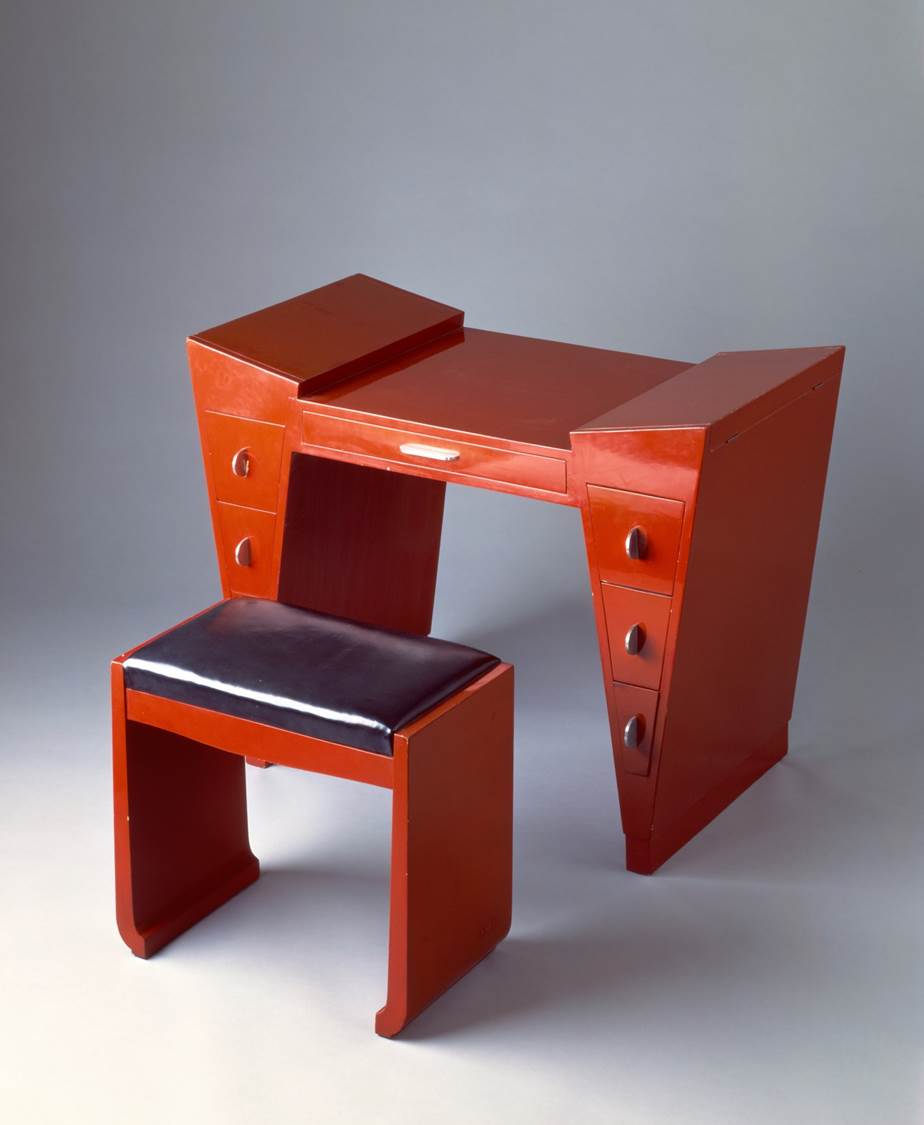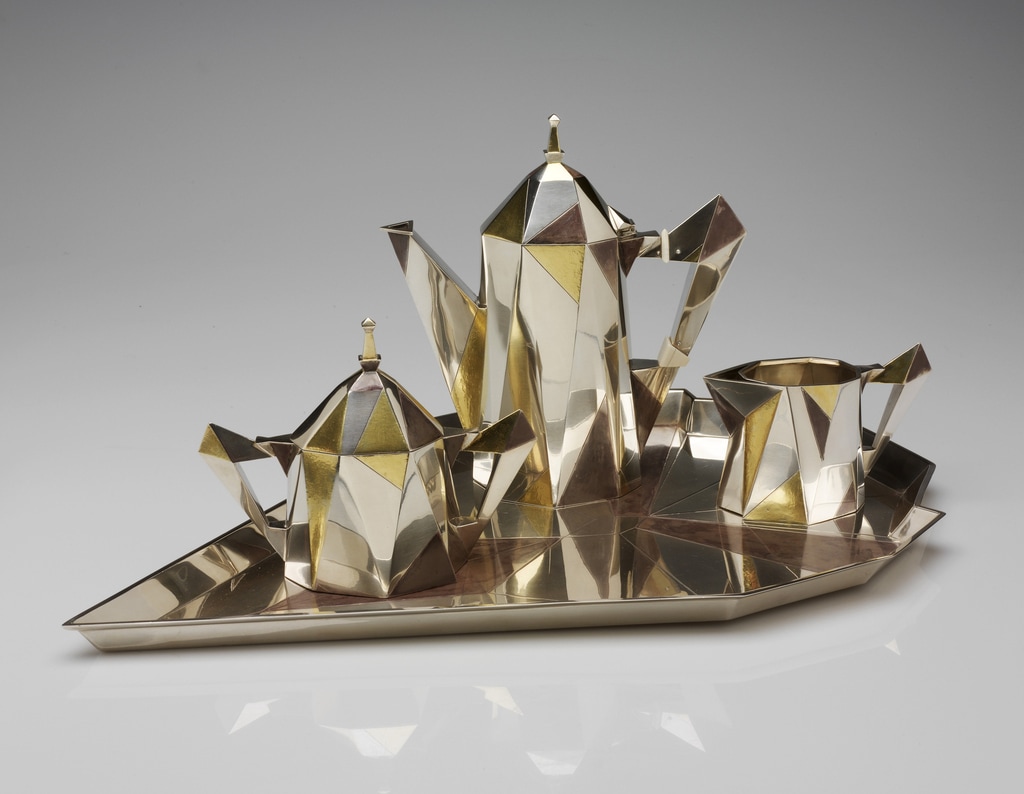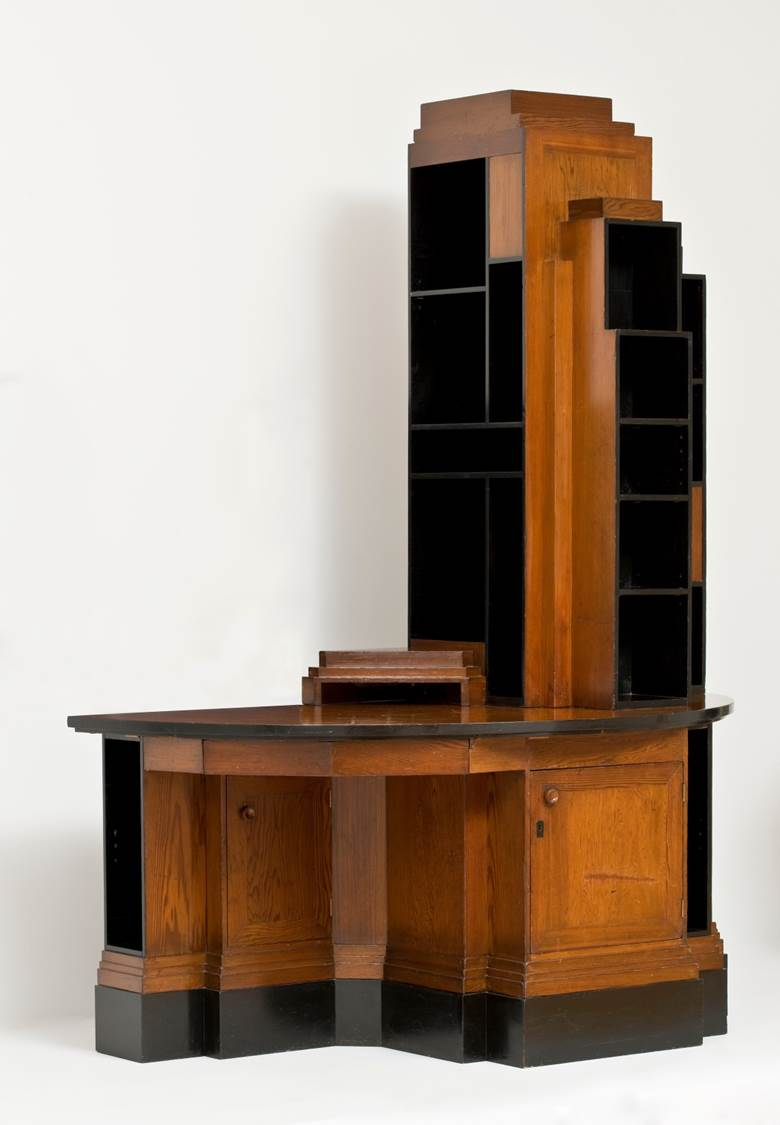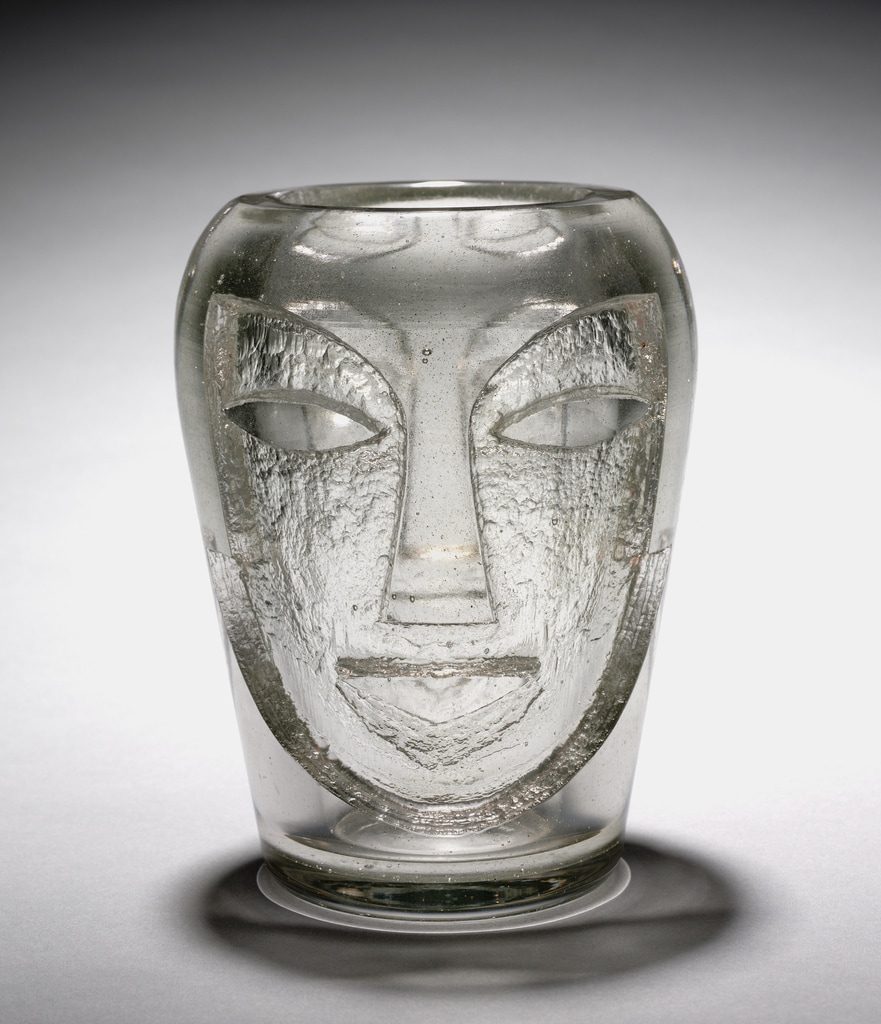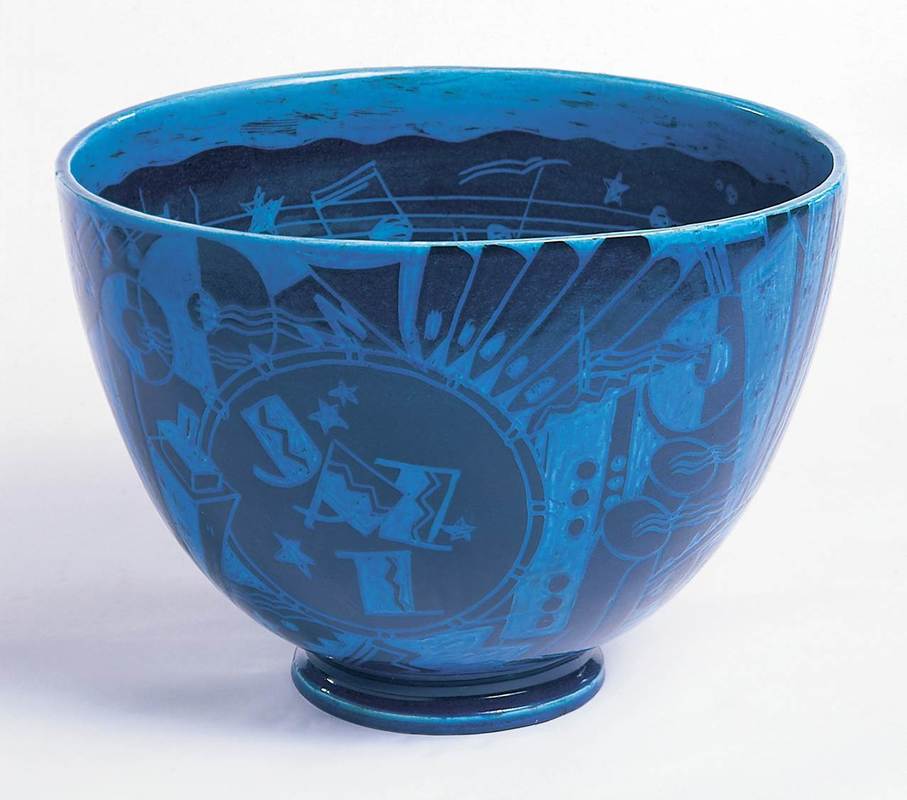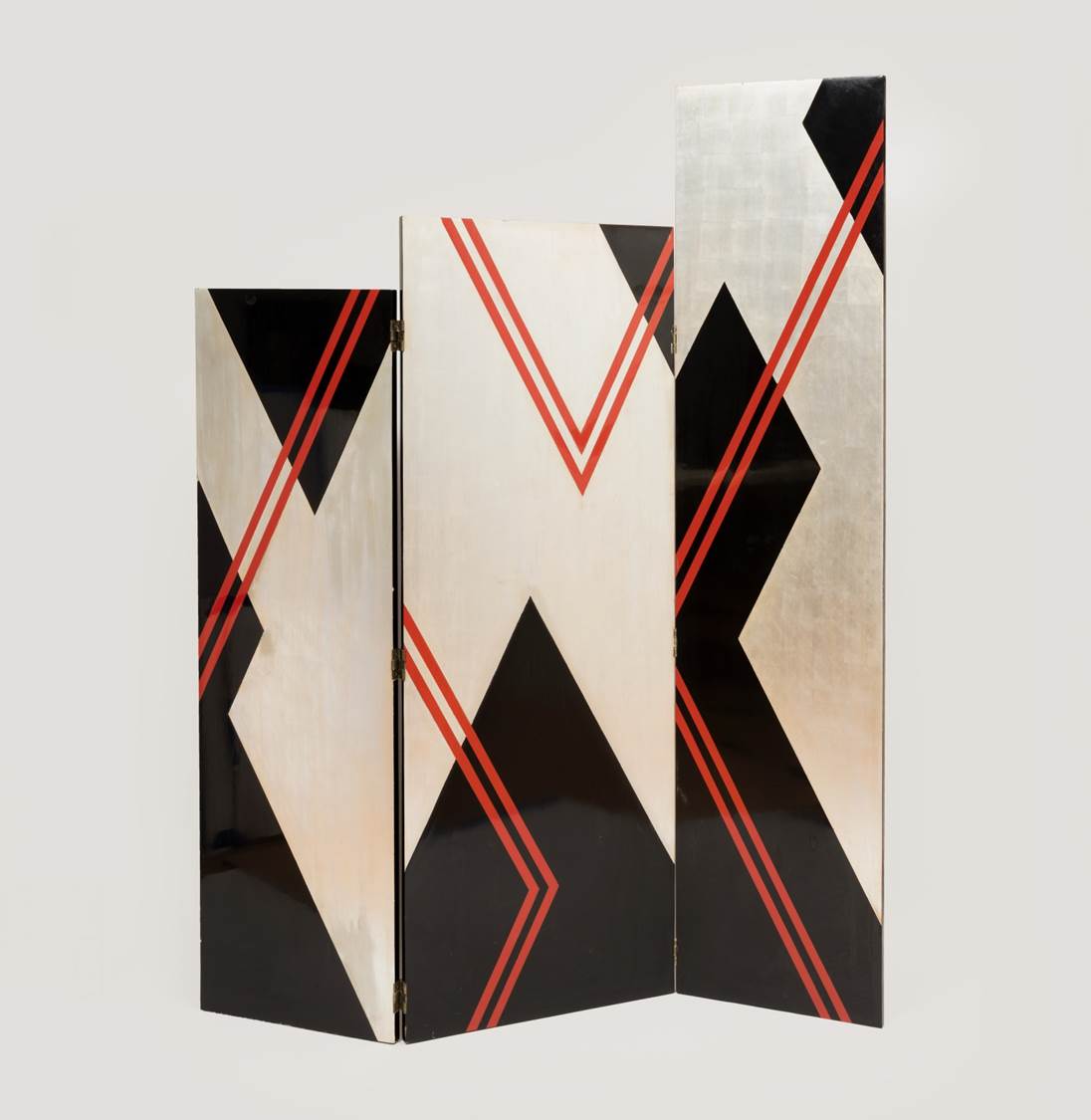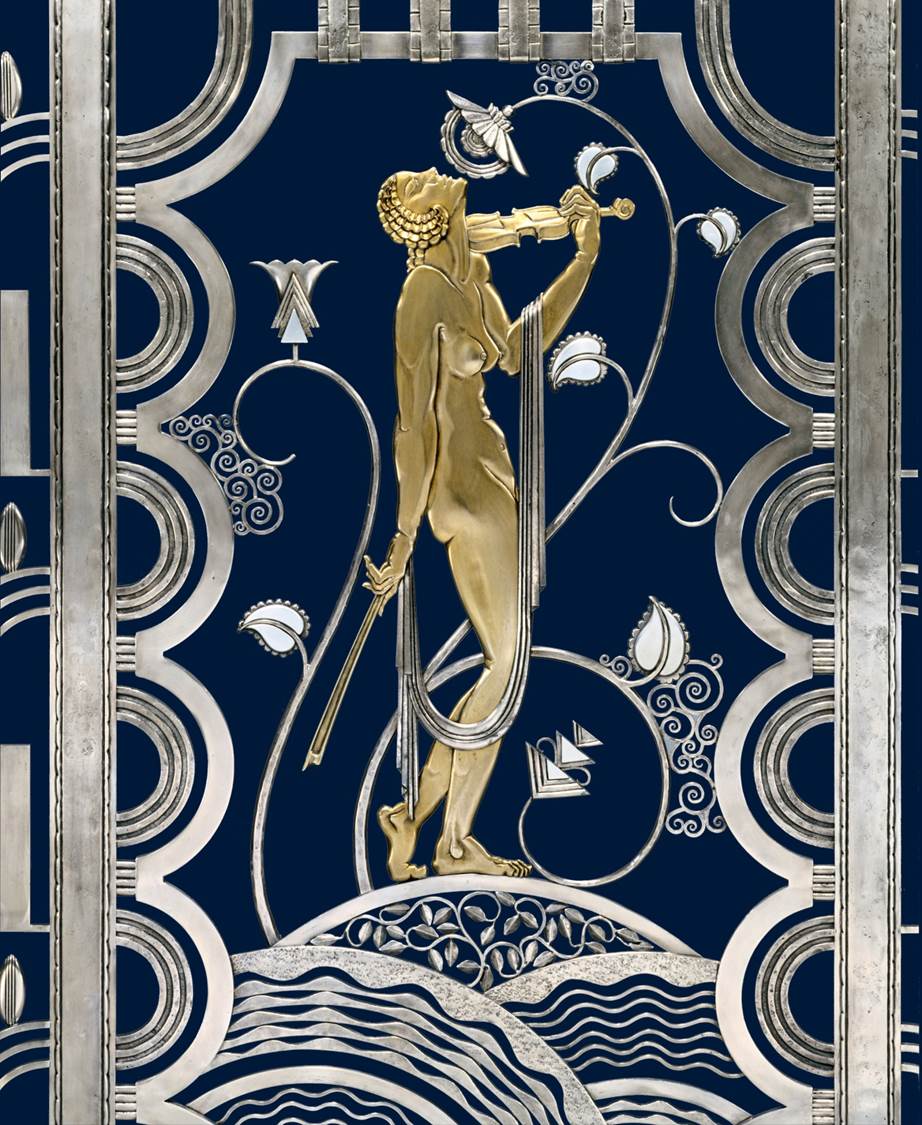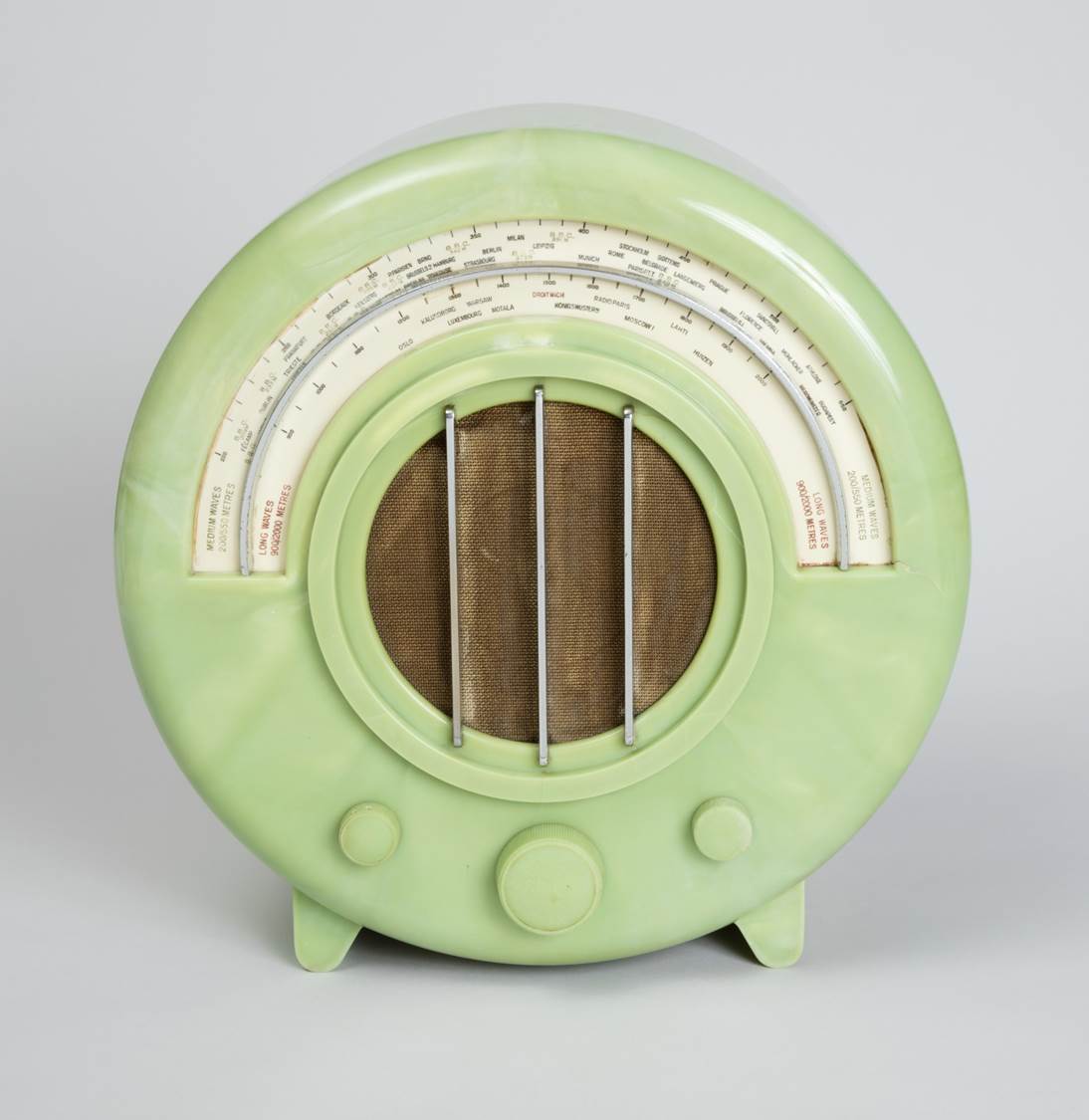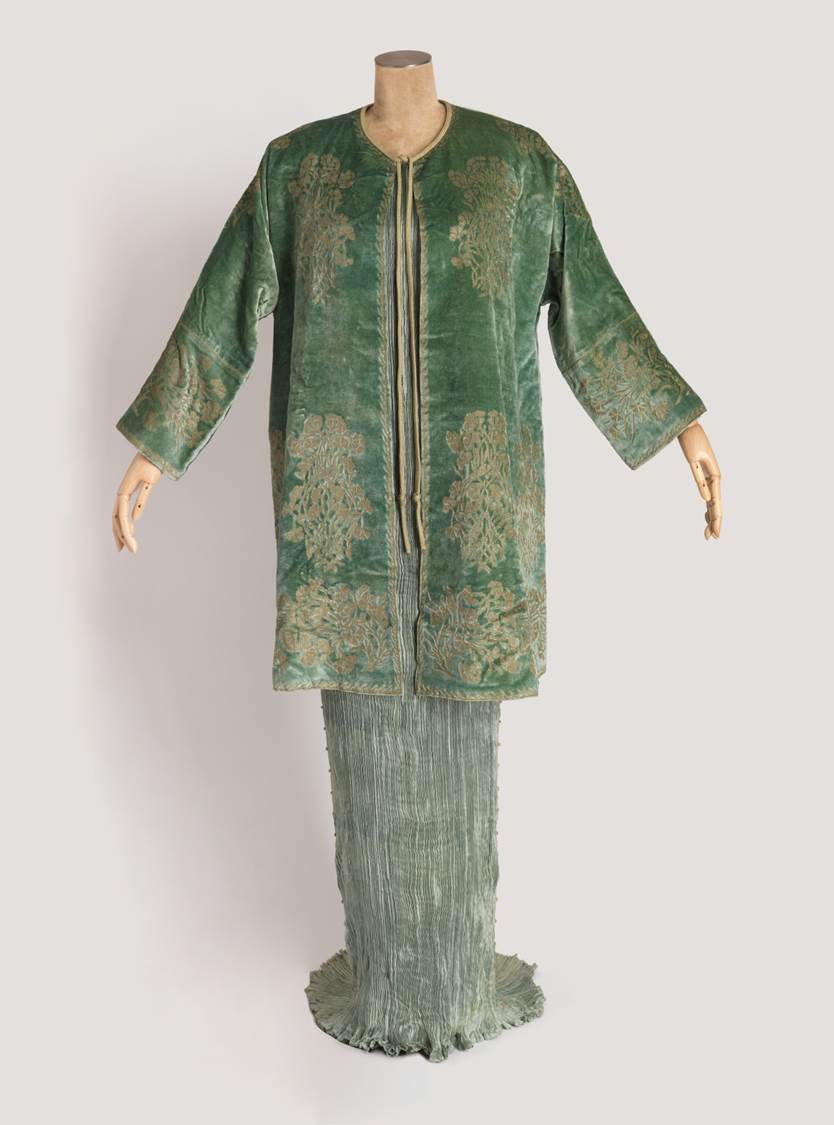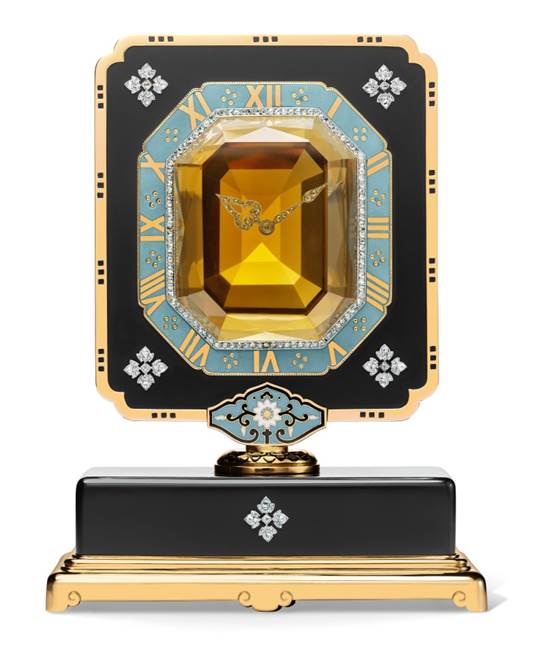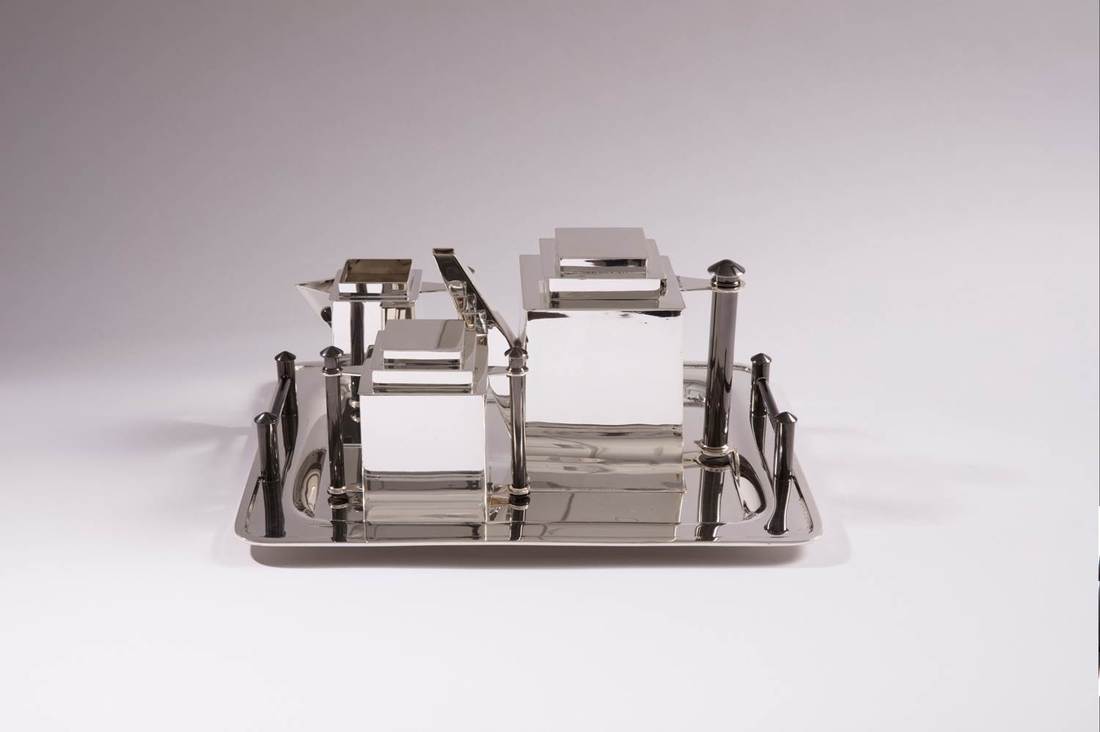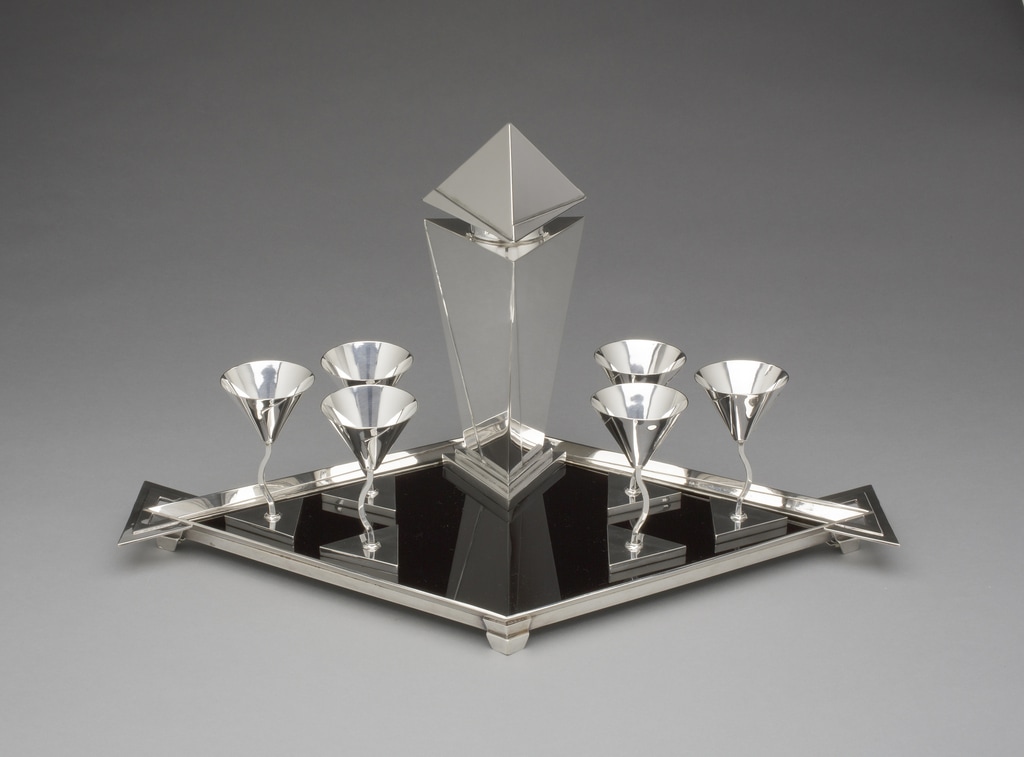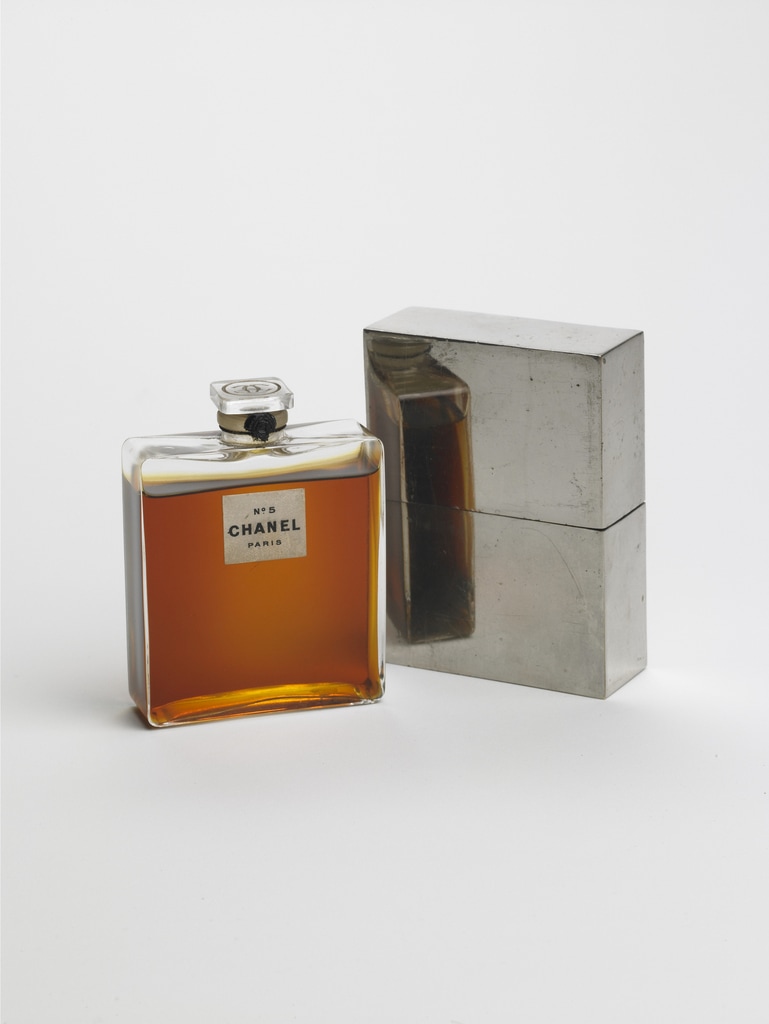Visiting the new show The Jazz Age: American Style in the 1920s, which will open at the Cooper Hewitt tomorrow, is like stepping into a dream world, the world of Great Gatsby, or Manhattan skyscrapers, glamour American in the eve of the Great Depression. You want to open the magnificent lacquered gates (made for the lavish Long Island home of Solomon R. Guggenheim), and step into one of the stylish interiors in a Central Park West skyscraper, sit on a skyscraper chair, drink a cocktail served in stylish silver plated set; then step into the bedroom, get dressed in Mario Fortuny green evening gown, put on a silk black hat and evening sandals set in colorful rhinestones, pack your Cartier vanity box in a tapestry purse, and go out to a performance of Josephine Baker. This is the glamour world of the Jazz Age. When I had first entered the world of design in the early 90s, it was called ‘American Art Deco.’ Then when design scholarship emerged, it was clear that American design of the 20s and 30s had its own identity which was different than French Art Deco, and it was coined ‘American Modernism.’ Now, with this ambitious exhibition, the first major museum exhibition to focus on the American taste during the interwar years, it is clear that ‘Jazz Age’ is just the right name to describe the rich design experience and production in interiors, industrial design, decorative art, jewelry, fashion, and architecture that flooded America. Because although the design vocabulary was fed by so many sources, exoticism, ancient Egypt, Cubism, just to name a few, it was the Jazz music and its special rhythms, a uniquely American art form that symbolized the freedom of these years, ruling the atmosphere of contemporary life. Welcome to the world of the Jazz Age, and bravo to Sarah Coffin, the curator who will speak in my program Collecting Design next week and who is the mind and talent behind this wonderful achievement.


